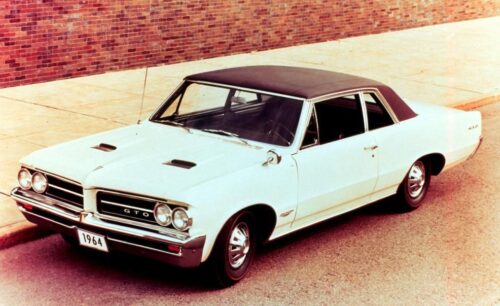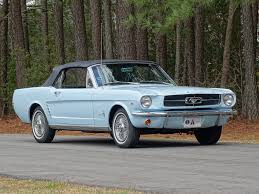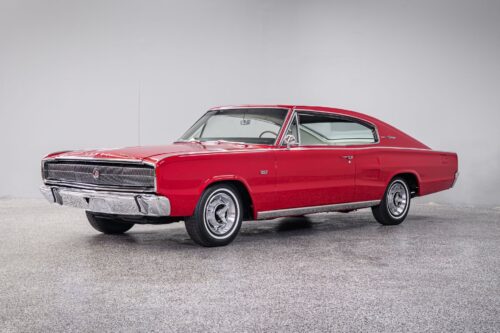An Era of New Beginnings
American muscle cars are an iconic representation of automotive power, performance, and style. Emerging in the 1960s, these vehicles are celebrated for their high-performance engines, bold aesthetics, and their significant cultural impact. Muscle cars are more than just cars; they symbolize an era of American engineering, rebellious spirit, and a deep love for speed and power.
The birth of the muscle car is often attributed to the post-World War II era, when technological advancements and consumer demand for faster, more powerful vehicles began to shape the American automobile industry. The 1950s saw a surge in popularity of cars with larger engines, but it wasn’t until the early 1960s that muscle cars truly came into their own. Manufacturers like Ford, Chevrolet, Dodge, and Plymouth began to produce cars that combined small, lightweight bodies with large, powerful engines, creating a new class of vehicle that was both affordable and high-performance.
One of the first true muscle cars was the 1964 Pontiac GTO, often credited with launching the muscle car era. With its 389-cubic inch V8 engine, the GTO set new standards for performance and established the template for future muscle cars. This combination of raw power and affordable pricing quickly captivated a generation of drivers looking for speed and excitement. The GTO was followed by other legendary models such as the Chevrolet Chevelle SS, the Ford Mustang, and the Dodge Charger. Each of these cars contributed to the growing muscle car phenomenon, blending aggressive design with roaring horsepower.

The Ford Mustang, released in 1964, was especially significant in the history of muscle cars. It appealed to a broader audience, making high-performance vehicles more accessible to the average consumer. The Mustang’s success was partly due to its versatile range of models, including the fastback and convertible versions, which could be customized with various engine options. The car’s affordability, combined with its sleek design and impressive performance, made it a favorite among young drivers and became a symbol of American automotive culture.

Another key player in the muscle car revolution was the Chevrolet Camaro, introduced in 1967 as a direct competitor to the Mustang. The Camaro was designed to offer performance and handling on par with the Mustang but with a more aggressive, muscular appearance. Over the years, the Camaro has evolved, but its roots in the muscle car era remain a central part of its identity.
The Dodge Charger, introduced in 1966, became famous for its menacing looks and powerful engines. With its bold design and massive V8 options, the Charger became synonymous with speed and performance. Its iconic appearance in movies, such as The Dukes of Hazzard, only cemented its place in pop culture as one of the most beloved muscle cars.

The 1970s marked the peak of the muscle car era, but also its decline. Stricter emission standards, rising fuel prices, and the oil crisis led to a shift in consumer preferences away from high-powered vehicles. Despite this, muscle cars have never truly disappeared from the American automotive scene. They have continued to evolve over the decades, with modern interpretations like the Dodge Challenger, Chevrolet Camaro, and Ford Mustang still capturing the spirit of their predecessors.
Today, American muscle cars remain a beloved part of automotive history. They embody the power and passion of a bygone era while continuing to inspire car enthusiasts worldwide. From their raw performance to their distinct styling, muscle cars are not just vehicles; they are a symbol of American ingenuity and automotive excellence.

